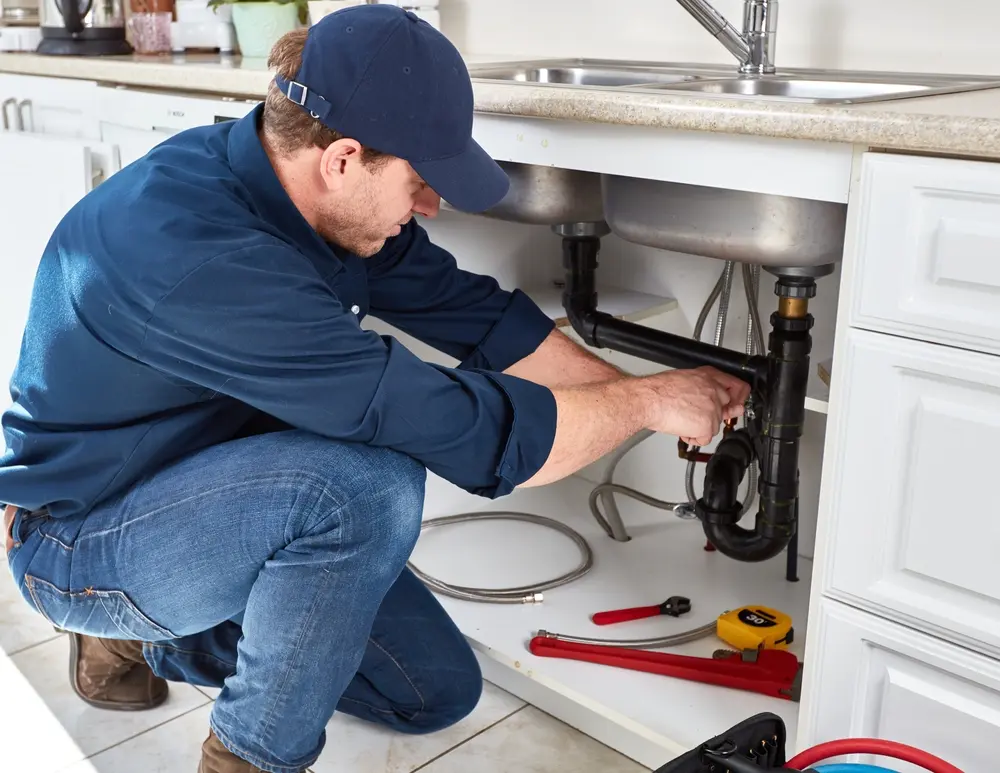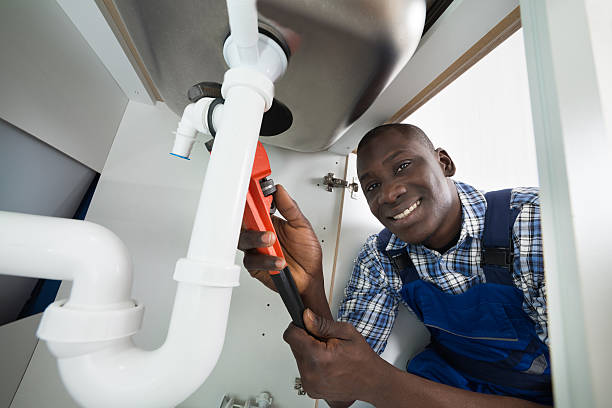Specialist Water Heater Installation Alabaster AL You Can Trust
Specialist Water Heater Installation Alabaster AL You Can Trust
Blog Article
A Detailed Overview to Effective Hot Water Heater Installment for Ideal Performance
Getting started on the job of setting up a water heating unit is an endeavor that requires precision and a methodical approach for accomplishing optimum performance. As you proceed, the details of connecting water supply lines and setting up trusted electrical or gas connections wait for, encouraging insights into making sure performance and integrity.
Choosing the Right Hot Water Heater

Next, think about the dimension and ability of the hot water heater. It's vital to evaluate your family's warm water demands, which can vary based upon the variety of occupants and their usage patterns. An unit that's as well little may cause not enough warm water, while an extra-large version might result in unnecessary energy usage.
Effectiveness scores likewise play an essential duty in option. Seek water heating systems with high Power Variable (EF) rankings, showing premium efficiency and lowered power use. Tankless designs, though normally extra pricey in advance, offer considerable energy savings in time due to their on-demand heating capacities.
Preparing the Installment Location
Prior to installing a brand-new water heating system, thorough prep work of the installation area is crucial. It's critical to measure the area thoroughly to suit the water heating system's dimensions, ensuring appropriate clearance around the unit for reliable operation and servicing.
Following, remove any type of debris, dust, or obstructions from the site to produce a tidy setting. Check the floor for stability, as the water heating unit will certainly require a strong, degree surface area to run effectively. If required, set up a drip frying pan under the device to capture potential leaks or spills, avoiding water damage to the surrounding area. In regions susceptible to seismic activity, think about setting up seismic bands to protect the heating system strongly in area.
Additionally, guarantee that all required tools and materials are on hand prior to commencing the installation. This includes items such as wrenches, screwdrivers, a level, and any kind of added equipment needed for securing the heating unit and installing. A well-prepared setup area sets the foundation for a successful hot water heater setup, optimizing efficiency and security.
Connecting Water Lines
When attaching water supply lines to your recently mounted hot water heater, it is important to make sure that all links are leak-free and safe to maintain reliable procedure and protect against water damage. Begin by determining the warm and chilly water system lines. The chilly water inlet is usually noted with a blue tag or a "C", while the warm water outlet is marked with a red label or an "H".
Usage versatile hot water heater adapters to facilitate a simpler installation process. These connectors can take in resonance and enable mild activity, reducing the threat of leaks. Prior to attaching the ports, place a plumber's tape around the threaded ends of the hot water heater's inlet and outlet pipes - Water Heater installation Alabaster AL. This tape acts as a sealant, protecting against leaks. Very carefully connect the versatile tubes to the respective inlet and electrical outlet, making certain that they are not over-tightened yet tight, which might harm the strings.
As soon as connections are in area, slowly switch on the major water supply valve. Check each connection for leakages by visually feeling and checking for wetness. Tighten connections as necessary, and make sure the stress relief shutoff is properly mounted, securing against too much stress build-up.
Setting Up Electrical or Gas Connections
Properly establishing up the electrical or gas links for your water heating unit is a crucial action to guarantee efficient and secure operation. For electrical water heaters, start by verifying that the electric circuit is compatible with the heating system's voltage and amperage requirements.
For gas hot water heater, safety and security is critical. Confirm that the gas supply is off before continuing. Connect the gas line to the hot water heater using a versatile gas connector, ensuring it is effectively threaded and sealed with pipeline joint substance visit or Teflon tape appropriate for gas links. Tighten the connections with a wrench, taking treatment not to over-tighten (Drain Cleaning Alabaster AL).
Once connections are made, evaluate for any prospective leakages. For gas lines, use a soapy water service to the joints; bubbles suggest a leakage. For electric connections, verify that all wiring is protected and appropriately insulated, preserving conformity with neighborhood electric codes.
Testing and Adjusting for Performance
With the electrical and gas links securely in place, the next step is examining the functional performance of your hot water heater. Begin by thoroughly transforming on the water and ensuring there are no leakages at any one of the shutoffs or joints. As soon as validated, continue to load the container, focusing on the stress and temperature level setups. It is suggested to establish the thermostat to a suggested temperature of around next 120 ° F(49 ° C) to balance energy efficiency and convenience.
Next, do a detailed evaluation to make certain the home heating components or burner are operating appropriately. For electric heating systems, make use of a multimeter to verify if the elements are attracting the appropriate existing. In gas versions, observe the heater fire; it needs to be blue and consistent, indicating effective combustion.
Readjust the settings as essential to get rid of inefficiencies. Think about implementing insulation actions, such as adding a hot water heater blanket, to better improve efficiency by reducing warmth loss. Additionally, examine the anode rod's problem, as a scrubby pole can decrease performance and result in container corrosion.
Final Thought
Efficient water heating unit installation is important for ensuring ideal efficiency and power savings. By choosing the ideal type and dimension, and diligently preparing the installation area, a structure for success is developed. Safely linking water lines and thoroughly establishing electric or gas links reduce prospective issues. Comprehensive screening for leakages and specific thermostat adjustments to 120 ° F improve our website integrity and efficiency. Sticking to these steps advertises lasting capability and power conservation in domestic water heating systems.

Appropriately establishing up the electric or gas links for your water heating system is an important action to ensure safe and effective procedure. For electrical water heating systems, begin by verifying that the electrical circuit is compatible with the heating unit's voltage and amperage needs. Connect the gas line to the water heater using a flexible gas connector, guaranteeing it is properly threaded and secured with pipeline joint substance or Teflon tape ideal for gas links.
Report this page